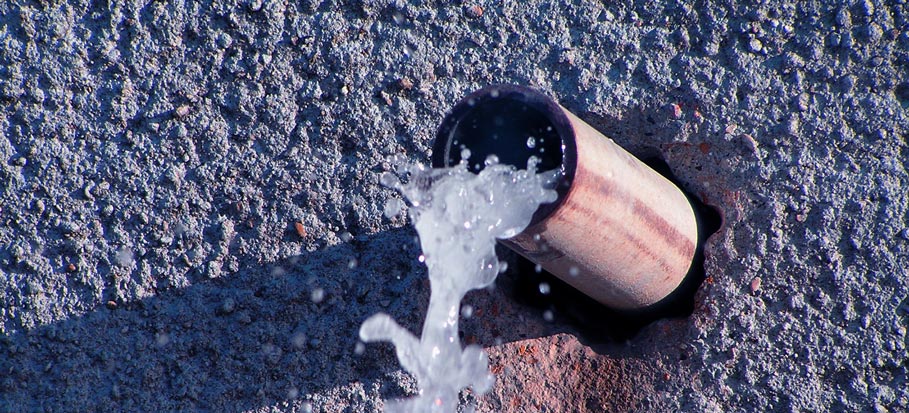What are your thoughts and feelings on Finding hidden leaks?

Early detection of dripping water lines can mitigate a possible catastrophe. Some small water leakages might not be visible.
1. Analyze the Water Meter
Inspecting it is a proven means that aids you uncover leakages. If it moves, that suggests a fast-moving leak. This suggests you might have a slow-moving leakage that can even be below ground.
2. Examine Water Intake
If you spot abrupt modifications, despite your intake being the exact same, it means that you have leaks in your plumbing system. A sudden spike in your bill indicates a fast-moving leakage.
At the same time, a steady rise on a monthly basis, despite having the exact same habits, shows you have a slow-moving leak that's also gradually escalating. Call a plumber to extensively inspect your property, especially if you really feel a cozy location on your floor with piping below.
3. Do a Food Coloring Test
When it comes to water usage, 30% comes from toilets. If the color somehow infiltrates your dish throughout that time without flushing, there's a leakage in between the tank and also bowl.
4. Asses Outside Lines
Don't forget to inspect your outdoor water lines also. Should water leak out of the connection, you have a loose rubber gasket. One little leak can lose tons of water as well as spike your water costs.
5. Assess the situation and check
Home owners need to make it a habit to check under the sink counters and also inside closets for any kind of bad odor or mold and mildew growth. These two red flags indicate a leakage so timely attention is needed. Doing routine assessments, even bi-annually, can save you from a significant problem.
Check for discolorations and also weakening as most pipes and appliances have a life span. If you suspect leaking water lines in your plumbing system, don't wait for it to intensify.
Early discovery of dripping water lines can mitigate a possible calamity. Some little water leaks may not be noticeable. Examining it is a guaranteed method that helps you uncover leaks. One small leakage can squander tons of water and spike your water expense.
If you believe leaking water lines in your plumbing system, do not wait for it to escalate.
WARNING SIGNS OF WATER LEAKAGE BEHIND THE WALL
PERSISTENT MUSTY ODORS
As water slowly drips from a leaky pipe inside the wall, flooring and sheetrock stay damp and develop an odor similar to wet cardboard. It generates a musty smell that can help you find hidden leaks.
MOLD IN UNUSUAL AREAS
Mold usually grows in wet areas like kitchens, baths and laundry rooms. If you spot the stuff on walls or baseboards in other rooms of the house, it’s a good indicator of undetected water leaks.
STAINS THAT GROW
When mold thrives around a leaky pipe, it sometimes takes hold on the inside surface of the affected wall. A growing stain on otherwise clean sheetrock is often your sign of a hidden plumbing problem.
PEELING OR BUBBLING WALLPAPER / PAINT
This clue is easy to miss in rooms that don’t get much use. When you see wallpaper separating along seams or paint bubbling or flaking off the wall, blame sheetrock that stays wet because of an undetected leak.
BUCKLED CEILINGS AND STAINED FLOORS
If ceilings or floors in bathrooms, kitchens or laundry areas develop structural problems, don’t rule out constant damp inside the walls. Wet sheetrock can affect adjacent framing, flooring and ceilings.
https://www.servicemasterbyzaba.com/blog/how-to-detect-water-leakage-in-walls/

We are very drawn to Locating water leaks and I am assuming you liked our piece. Remember to take the opportunity to promote this content if you enjoyed reading it. Thank you so much for taking the time to read it.